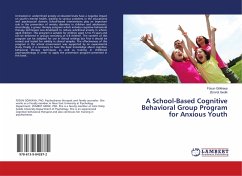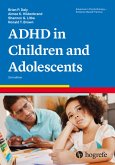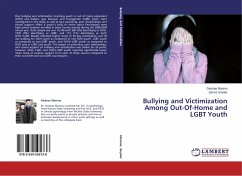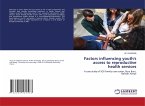Inattention is among the most commonly referred problems for school-aged youth (APA, 2000; Reddy & Hale, 2007). Research suggests distinct mechanisms may contribute to attention problems in youth anxiety (e.g., specific, emotion-based attentional biases; Puliafico & Kendall, 2006) versus ADHD (e.g., general deficits in selective/sustained attention; Barkley, 1997). This book summarizes the first investigation comparing anxious and inattentive-impulsive youth on neurocognitive tests of both general and emotion-based attention processes. Findings suggest the neuropsychological differentiation of attention problems in anxious (i.e., threat-related attentional bias) versus ADHD children (i.e., selective/sustained attention) despite potentially similar phenotypes, and offer some important implications for research and practice.








